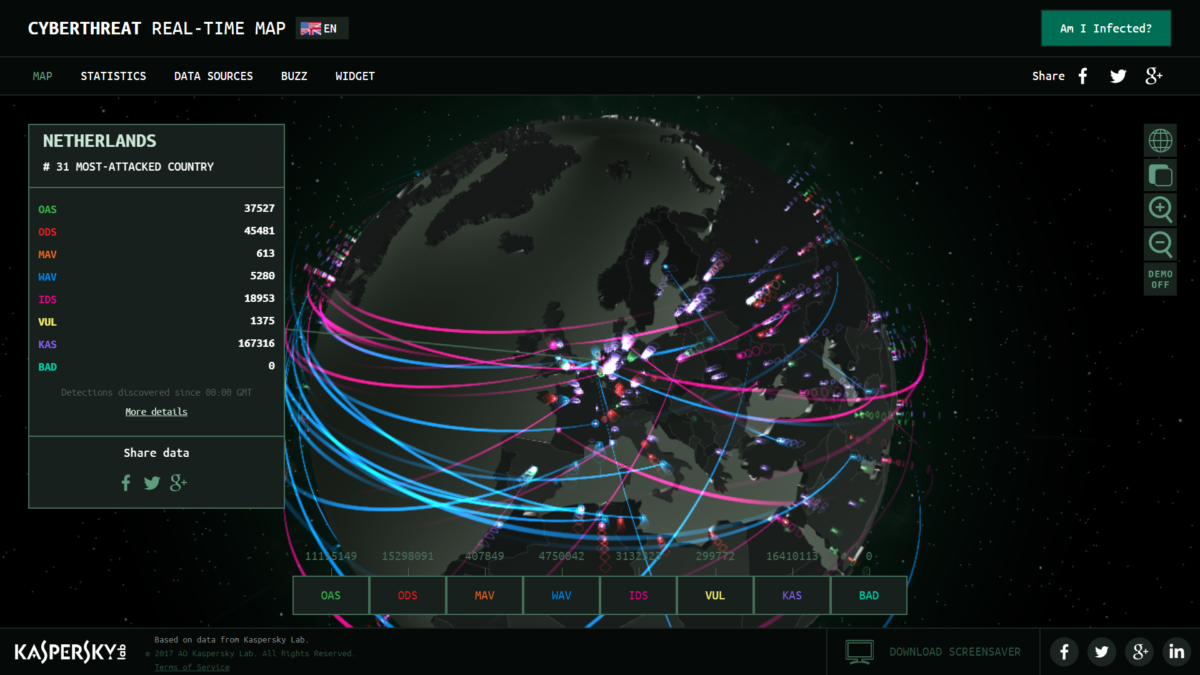Although fintech companies – generally small, technology enabled new entrants – have succeeded in changing the way financial services are structured, provisioned and consumed, they failed to establish a new ecosystem and infrastructure, besides severely underestimating customer switching costs. Instead of overtaking incumbents as the new dominant players in the industry, fintech startups seek strategic alliances with powerful, established firms who may deploy new capabilities through acquisition and partnership.
In 2015 the major disruptive trends were mobile payments (e.g. Apple Pay [2014], Samsung Pay [2015], Android Pay [2015]), alternative payment rails (e.g. Ripple and blockchain) and seamless/frictionless payment (e.g. Uber) that increased pressure on margins whereas intra-industry competition intensified and the local regulatory environment shifted. Although payments have continued the migration to digital channels while the popularity of online and mobile purchases grew driven by the ability to shop 24/7, compare prices as well as lower price levels in general (KPMG, 2017), customer acceptance of nontraditional payment schemes remains insignificant since innovative solutions have not yet exceeded the functionality of pre-existing technologies.
The World Economic Forum identified the following key uncertainties regarding the future of the payments industry:
- Whether the future of payments diverge into two worlds, retail and online respectively?
- Who is best positioned to benefit from the monetization of payment data?
- Will PSD2[1] successfully create new payments value in Europe?
- Will mobile payments ever capture a major share of retail payments in card based countries?
- What will the first national digital currency look like, and how far it is?
Depending on the resolution of these questions, three scenarios are likely to play out:
- Loss Leader: As incumbent credit card issuer revenues decline due to governments limiting interchange rates, furthermore real-time payment systems become widely deployed and alternatives to revolving credit stay available to most customers, market leaders may seize the chance to create new revenue streams through data monetization (payments as information) or use payments to lock customers into an ecosystem.
- Two Ecosystems Post-PSD2: Imminent regulatory standardization forces incumbent players to adopt simple, secure and effective APIs (application programming interface) open to third party vendors which facilitate collaboration with stakeholders and enables seamless – customer – data sharing. By implementing widespread technology solutions that are compatible with bank APIs, online retailers become capable of diverting traffic away from the traditional card-based infrastructure. Subsequently, because point-of-sale behaviors lag behind in adaptation, we can expect two distinct, online (collaborative banking platforms) and retail payments ecosystems to emerge.
- Increasing Fragmentation: As a result of merchants, banks and fintech companies’ efforts to differentiate their services, the payments customer experience will fragment whereas customized payment solutions combined with loyalty/reward schemes are developed, then released. Considering the solutions are based on credit card usage, customers can easily manage the different payment mobile applications and tools in order to maximize their utility (i.e. rewards). In this scenario, only banks have insight on customer’s spending patterns, which data they can monetize.
Based on the current market trends, which scenario do you think is more likely?
Source
Accenture (2016). Seizing the Opportunities Unlocked by the EU’s Revised Payment Services Directive. Available at: https://www.accenture.com/t20160831T035645Z__w__/us-en/_acnmedia/PDF-19/Accenture-Banking-Opportunities-EU-PSD2-v2.pdf#zoom=50 (Accessed 11 Oct. 2017).
Capgemini (2017). Financial Services Analysis – Banks Strategic Response To Structural Changes. Available at: https://www.worldpaymentsreport.com/The-New-Payments-Ecosystem#key-enablers-of-thenew-payments-ecosystem (Accessed 12 Oct. 2017).
Capgemini (2017). Financial Services Analysis – Key Enablers of the New Payments Ecosystem. Available at: https://www.worldpaymentsreport.com/The-New-Payments-Ecosystem (Accessed 12 Oct. 2017).
KPMG (2017). The Truth About Online Consumers – 2017 Global Online Consumer Report. Available at: https://assets.kpmg.com/content/dam/kpmg/xx/pdf/2017/01/the-truth-about-online-consumers.pdf (Accessed 11 Oct. 2017).
World Economic Forum (2017). Beyond Fintech: How the successes and failures of new entrants are reshaping the financial system. Available at: https://www.weforum.org/reports/beyond-fintech-a-pragmatic-assessment-of-disruptive-potential-in-financial-services (Accessed 11 Oct. 2017).
[1] Payment Services Directive 2 (Directive 2015/2366/EU): “A data and technology-driven directive that aims to drive increased competition, innovation and transparency across the European payments market, while also enhancing the security of Internet payments and account access.” Banks are required to grant access to third party providers to a customer’s online account/payment services in a regulated and secure way. (Accenture, 2016)



